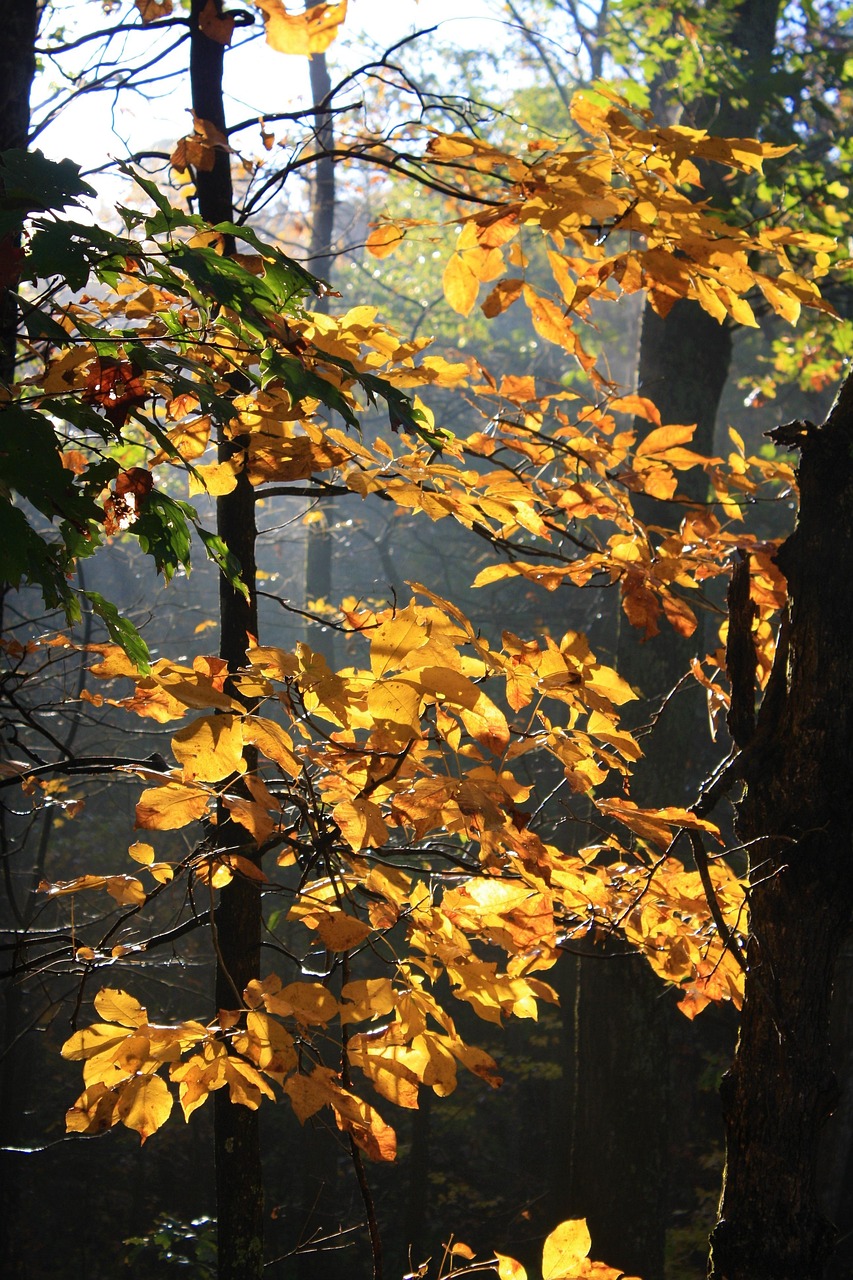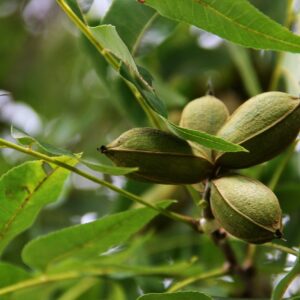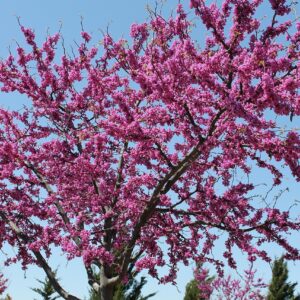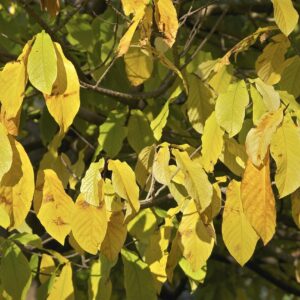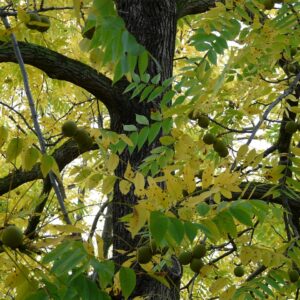The Black Hickory (Carya texana) is a species of hickory tree that is native to the central and southeastern United States. It’s less commonly known than some of its hickory cousins (like the Shagbark or Shellbark Hickories), but it’s still a valuable tree both ecologically and economically.
Here are some key characteristics of the Black Hickory:
Size and Growth: Height: Typically grows 60 to 80 feet tall, though it can reach 100 feet in some cases. Spread: The canopy spread is generally around 30 to 40 feet, giving the tree a relatively wide crown. Shape: It has a rounded to irregular shape when mature, with a dense, broad crown.
Leaves: The leaves of the Black Hickory are compound, typically with 7 to 9 leaflets. The leaflets are dark green on top and lighter on the bottom. In the fall, the leaves turn yellow before they drop, adding seasonal color to the landscape. The leaflets have a slightly toothed margin, and the leaves are generally around 12 to 18 inches long.
Bark: The bark of the Black Hickory is initially smooth but becomes furrowed and ridged with age, similar to other hickory species. The color of the bark is gray to brown, and over time it develops deep vertical grooves.
Flowers: Like many other hickories, Black Hickory is monoecious, meaning it has separate male and female flowers on the same tree. The male flowers are long, yellowish catkins, while the female flowers are smaller, clustered near the tips of branches. These flowers bloom in early spring before the leaves emerge.
Nuts: The Black Hickory produces edible nuts, which are similar to those of other hickories. These nuts are surrounded by a hard shell and are encased in a thick, somewhat leathery husk. The nuts are sweet, though smaller and more difficult to crack than other hickory species. The nuts ripen in the fall and are an important food source for wildlife, particularly squirrels, birds, and other small mammals.
Habitat and Growing Conditions: The Black Hickory typically grows in moist, well-drained soils, often in bottomlands, floodplains, or along stream banks. It thrives in full sun but can tolerate partial shade. It’s found primarily in the central and southern parts of the U.S., including parts of Texas, Oklahoma, Arkansas, and Missouri.
Wood: The wood of the Black Hickory is dense, strong, and tough, similar to other hickories. It’s highly valued for its use in furniture, cabinetry, tool handles, and sports equipment. The wood has a fine grain and is often used for making durable items that require strength, like handles for axes and hammers. Wildlife Value: The nuts of the Black Hickory provide food for many animals, including squirrels, deer, and various bird species. The tree’s dense canopy also offers shelter for a variety of wildlife.
Growth Rate: The Black Hickory is a slow to moderate grower, though it can live for several hundred years when conditions are right.
Potential Issues: While generally resistant to pests and diseases, Black Hickory can be affected by hickory canker and other fungal diseases. Proper care and spacing can help mitigate some of these issues.
The Black Hickory is a sturdy, long-lived tree with many ecological benefits. It’s also an excellent choice for timber production and can make a solid addition to a larger landscape or woodland setting.

